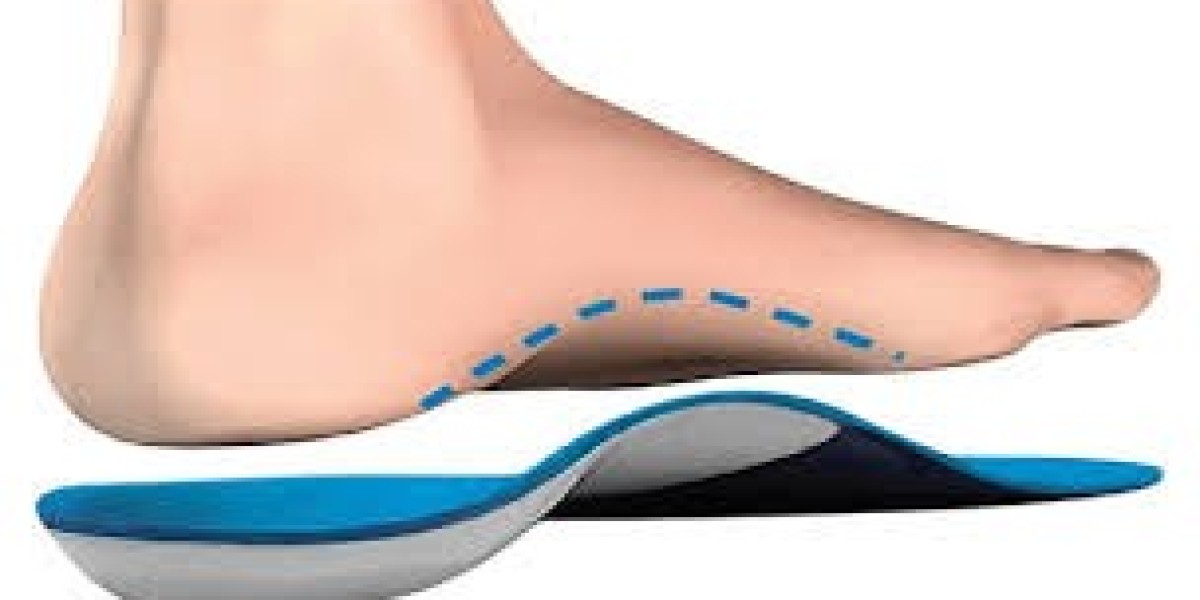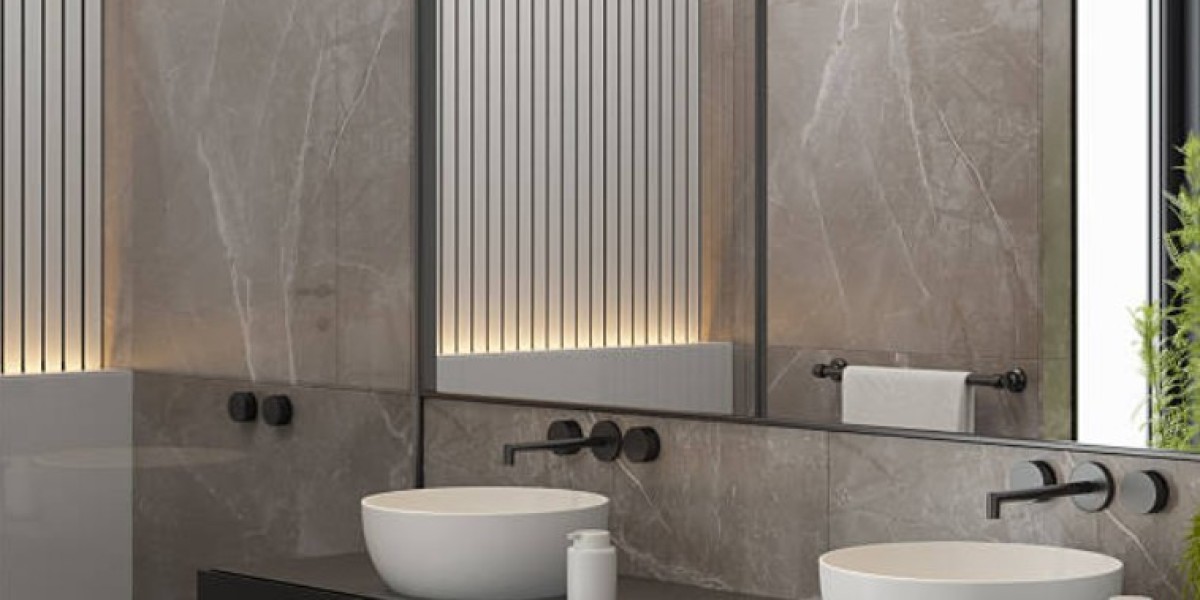Orthotics are specialized medical devices designed to support, align, and improve the function of the feet, ankles, knees, hips, and lower back. They are commonly prescribed to treat various musculoskeletal conditions, enhance mobility, and relieve pain. Whether you're an athlete looking to improve performance or someone dealing with chronic foot pain, orthotics can play a crucial role in improving your quality of life.
In this comprehensive guide, we’ll explore:
What Are Orthotics?
Types of Orthotics
Common Conditions Treated with Orthotics
Benefits of Using Orthotics
How to Get the Right Orthotics for Your Needs
Caring for Your Orthotics
Let’s dive in!
1. What Are Orthotics?
Orthotics are custom-made or prefabricated shoe inserts designed to correct biomechanical imbalances in the feet and lower limbs. They help distribute pressure evenly, improve posture, and reduce strain on muscles and joints. Unlike regular shoe insoles, which provide only cushioning, orthotics offer structural support to address specific foot problems.
Orthotics can be:
Custom-made – Designed based on a mold or 3D scan of your feet, tailored to your unique foot structure.
Over-the-counter (OTC) – Prefabricated inserts available in stores, suitable for mild foot issues.
Podiatrists, orthopedic specialists, or physiotherapists often recommend orthotics after assessing gait, foot structure, and underlying conditions.
2. Types of Orthotics
Orthotics come in different forms, depending on their purpose and the level of support required. The three main types are:
A. Soft Orthotics
Made from cushioned materials like foam or gel.
Ideal for shock absorption and pressure relief.
Best for:
Diabetic foot care
Arthritis pain
Heel spurs
B. Semi-Rigid Orthotics
Made from a combination of soft and firm materials.
Provide a balance of cushioning and support.
Best for:
Athletes needing dynamic support
Flat feet or high arches
Growing children with gait issues
C. Rigid Orthotics
Made from hard materials like plastic or carbon fiber.
Designed to control motion and correct severe biomechanical issues.
Best for:
Chronic overpronation or supination
Severe plantar fasciitis
Post-surgical foot stabilization
3. Common Conditions Treated with Orthotics
Orthotics can help manage a variety of foot and lower limb conditions, including:
A. Plantar Fasciitis
Inflammation of the plantar fascia (the tissue connecting the heel to the toes).
Orthotics provide arch support and reduce strain on the heel.
B. Flat Feet (Pes Planus)
Lack of arch support leads to overpronation (inward rolling of the foot).
Orthotics stabilize the foot and improve alignment.
C. High Arches (Pes Cavus)
Excessive arch height causes uneven weight distribution.
Orthotics provide cushioning and shock absorption.
D. Bunions & Hammertoes
Misaligned toes causing pain and deformities.
Orthotics help redistribute pressure and slow progression.
E. Shin Splints & Knee Pain
Often caused by poor foot mechanics.
Orthotics correct gait imbalances, reducing stress on knees and shins.
F. Diabetic Foot Care
Prevents ulcers by reducing pressure points.
Soft orthotics protect sensitive feet.
4. Benefits of Using Orthotics
Orthotics offer numerous advantages beyond pain relief, including:
✅ Improved Posture & Alignment – Corrects imbalances affecting the feet, knees, hips, and spine.
✅ Enhanced Athletic Performance – Supports proper foot movement, reducing injury risk.
✅ Reduced Joint Stress – Prevents excessive wear on knees and hips.
✅ Better Shock Absorption – Minimizes impact during walking or running.
✅ Prevention of Further Damage – Slows the progression of foot deformities like bunions.
5. How to Get the Right Orthotics for Your Needs
Step 1: Consultation with a Specialist
A podiatrist or orthopedic doctor will assess your:
Foot structure
Gait (walking pattern)
Pain areas
Medical history
Step 2: Custom vs. Over-the-Counter (OTC) Orthotics
Custom orthotics are ideal for severe conditions but are more expensive.
OTC orthotics work for mild issues and are budget-friendly.
Step 3: Fitting & Adjustment
Custom orthotics may require multiple fittings for optimal comfort.
Break them in gradually to avoid discomfort.
6. Caring for Your Orthotics
To extend their lifespan:
✔ Clean regularly – Wipe with a damp cloth and mild soap.
✔ Allow them to air dry – Avoid direct heat.
✔ Replace when worn out – Typically every 1-3 years, depending on use.
Final Thoughts
Orthotics can be life-changing for individuals suffering from foot pain, gait abnormalities, or chronic musculoskeletal conditions. Whether you need custom-made inserts or over-the-counter options, the right orthotics can enhance mobility, reduce discomfort, and prevent future injuries.
If you’re experiencing persistent foot or leg pain, consult a healthcare professional to determine if orthotics are right for you. Investing in proper foot support today can lead to a more active and pain-free tomorrow!








